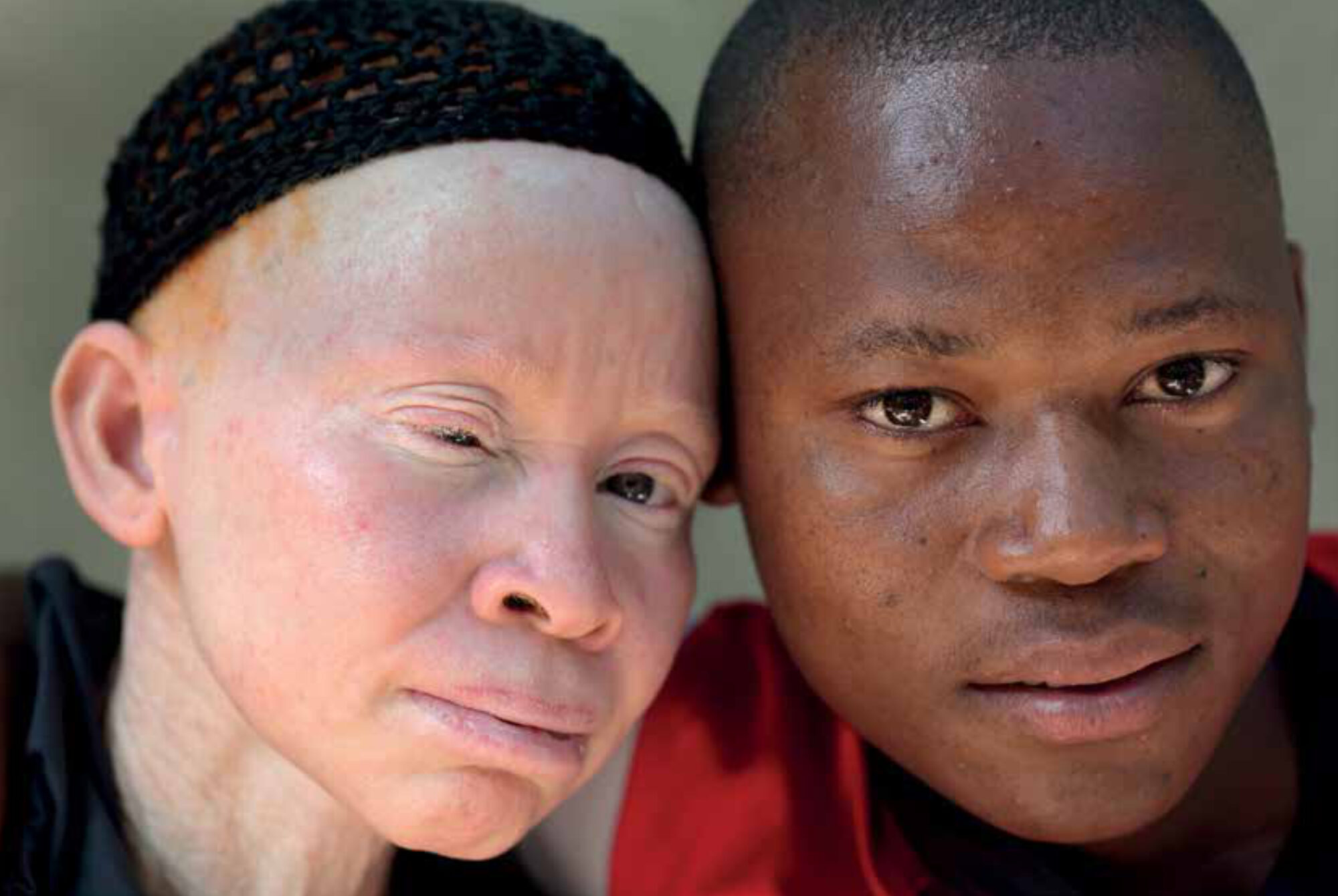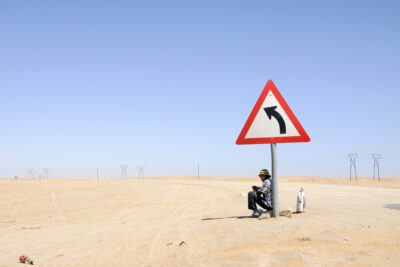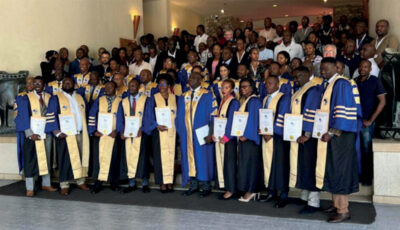Main content
The context
The number of diagnosed rare diseases varies between 5,000 and 8,000, affecting around 400 million people worldwide and resulting in some 5% of the population living with a rare disease – the vast ma-jority of them in low- and middle-income countries (LMICs).[1] Though new rare diseases continue to be discovered, exact numbers are dif-ficult to determine because they are often misdiagnosed as something else.[2] A disease is called ‘rare’ when the condition affects fewer than 200,000 people, and the majority have genetic origins (80%).[1] Every second ‘rare patient’ is a child, and three out of ten young patients do not reach their 5th birthday.[2] As the disease is rare, medical and scientific knowledge of these condi-tions is also rare. Those that do get more (scientific) attention are the ones that are more well-known in high-income countries (HICs), such as Lou Gehrig’s Disease (ALS) and cystic fibrosis.[2] Many of the rare diseases can’t be cured, though appropriate treatment and medical care can vastly improve the quality of life. In addition, besides medi-cal consequences, often patients suffering from these diseases are socially, economically and cultur-ally vulnerable, and find themselves in isolation; or worse, they are subjected to human rights viola-tions such as mental and physical violence, discrimination and abuse.[3]
When rare diseases become ‘orphans’
A rare disease may become an orphan disease because of two reasons: when a disease affects less than 200,000 people, and by default, when there are not enough patients to make research and drug development cost-effective.[4]
As with other poverty related diseases, rare diseases are often neglected or ignored. While progress in rare disease treatment in the West has grown, this is not the case for Africa – the conti-nent which remains most vulnerable to rare diseases and where treatment and research for these conditions is not a key priority.[5] Also resources may be limited because of a high prevalence of commu-nicable diseases such as malaria, HIV/ AIDS and tuberculosis. Only when a rare disease comes close(r) to home – as with the Ebola outbreaks (2013-2016) in West Africa spreading to HICs – is the international response to the epidemic, including vaccine development, acceler-ated. In summary, as the word orphan implies, both rare and tropical diseases are considered ‘orphans’ in terms of low public attention and lack of research and funding for treatment and care.
Ethical dilemmas
Both rare and orphan diseases present considerable challenges and ethical dilemmas. From an utilitarian (‘greatest good for the greatest number of people’) and a cost-effectiveness approach, these diseases are on the losing end of the spectrum, in particular when it comes to the allocation of funds for develop-ing treatment strategies and orphan drugs. According to Kontoghiorghe et al. (2014), this is a major global health challenge and conflicts with a rights-based approach to health. The term orphan drugs was introduced by governments in LMICs to help in the production and marketing of medicinal drugs by the pharmaceutical industry for patients suffering from rare condi-tions.[6] The ethical connotation of the concept is related to the need to ensure patients suffering from these conditions the same quality of treatment as other patients with more common diseases.[6]
Of raising awareness and broadening scope
In his statement on the occasion of the 2018 celebration of the Rare Disease Day,[7] World Health Organization Director-General Tedros Ghebreyesus underlined the universal health cover-age (UHC) and sustainable develop-ment goal (SDG) principles of equitable access to diagnosis and care for rare patients. In particular, he referred to accessing sustainable medicines. Universal health coverage can’t be reached without caring for patients with a rare disease: “Just because a disease affects a small number of people does not make it irrelevant or less important than diseases that affect millions.“[8]
The International Rare Diseases Research Consortium (IRDIRC) is one of the organisations taking up the challenge of ensuring that patients living with a rare disease receive accurate diagnosis, care and treat-ment. It has been instrumental in promoting research and advocating for more scientific as well as political and economic attention for these condi-tions. Given the particularities of rare diseases, international collaboration and sharing of knowledge is of utmost importance, as well as broadening the focus from countries in the Western World to the regions where the diseases are very prevalent, yet understudied and underserved. This edition of MTb is a good example of how this can be done.
References
- EMA Europa [Internet]. Amsterdam: European Medicines Agency; c1995-2021. Orphan designation: overview. Available from: www.ema.europa.eu/en/human-regulatory/overview/orphan-designation-overview
- My Medical Score [Internet]. My Medical Score; 2020. Rare disease statistics & facts. Available from: www.mymedicalscore.com/rare-disease-statistics/
- A rare, non-contagious, genetically inherited condition, with high prevalence in SSA (estimates of 1 in 1,400 people being affected in Tanzania, and as high as 1 in 1,000 reported for select populations in Zimbabwe and for other specific ethnic groups in Southern Africa). The condition is often misunderstood, with myths and superstition leading to discrimination, social exclusion and in some communities seriously putting the security and lives of persons with albinism at risk, see: v.un.org/en/observances/albinism-day and Horlings’ article on skin cancer in the tropics elsewhere in this edition of MTb.
- Definition of an orphan disease: “A disease that has not been adopted by the pharmaceutical industry because it provides little financial incentive for the private sector to make and market new medications to treat or prevent it. An orphan disease may be a rare disease (according to US criteria, a disease that affects fewer than 200,000 people) or a common disease that has been ignored (such as tuberculosis, cholera, typhoid, and malaria) because it is far more prevalent in developing countries than in the developed world.” MedicineNet [Internet]. San Clemente: MedicineNet, Inc.; c1996-2021. Medical definition of orphan disease; reviewed 2021 Mar 29. Available from: www.medicinenet.com/orphan_disease/definition.htm
- Raconteur [Internet]. London: Raconteur; 2021. The fight for equal access to rare disease treatment; 2019 Jul 18. Available from: www.raconteur.net/healthcare/equal-access-rare-disease/
- Kontoghiorghe CN, Andreou N, Constantinou K, et al. World health dilemmas: orphan and rare diseases, orphan drugs and orphan patients. World J Methodol. 2014 Sep 26;4(3):163-88. doi: 10.5662/wjm.v4.13.163
- Celebrated since 2008 on the last day of February. Rare Disease Day [Internet]. Paris: European Organisation for Rare Diseases; 2021. What is Rare Disease Day? Available from: www.rarediseaseday.org/article/what-is-rare-disease-day
- WHO [Internet]. Geneva: World Health Organization; 2021. Statement for Rare Disease Day; 2018 Feb 27. Available from: www.who.int/news/item/27-02-2018-statement-for-rare-disease-day



















































